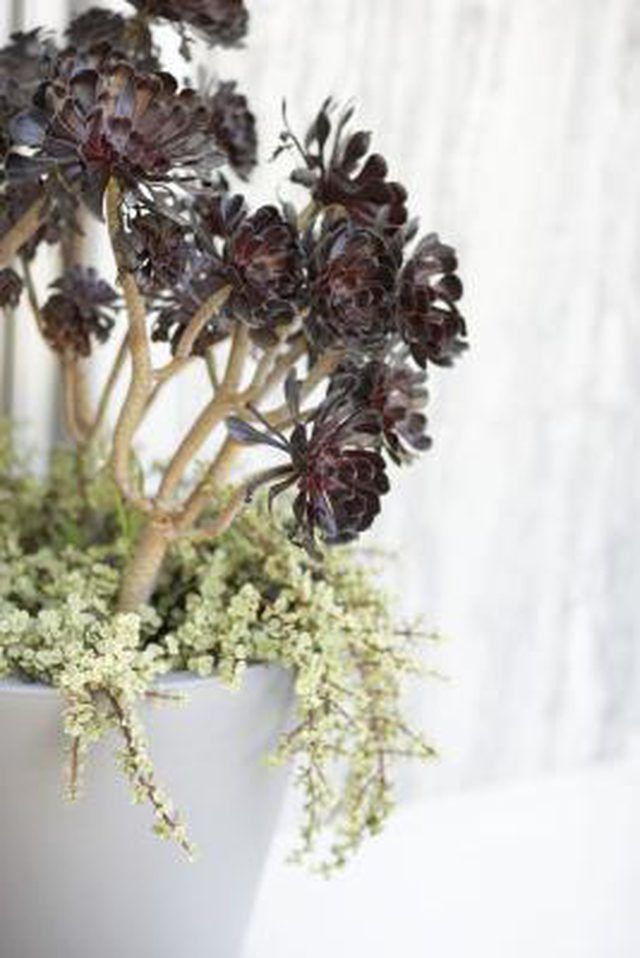Bulbs
Flower Basics
Flower Beds & Specialty Gardens
Flower Garden
Garden Furniture
Garden Gnomes
Garden Seeds
Garden Sheds
Garden Statues
Garden Tools & Supplies
Gardening Basics
Green & Organic
Groundcovers & Vines
Growing Annuals
Growing Basil
Growing Beans
Growing Berries
Growing Blueberries
Growing Cactus
Growing Corn
Growing Cotton
Growing Edibles
Growing Flowers
Growing Garlic
Growing Grapes
Growing Grass
Growing Herbs
Growing Jasmine
Growing Mint
Growing Mushrooms
Orchids
Growing Peanuts
Growing Perennials
Growing Plants
Growing Rosemary
Growing Roses
Growing Strawberries
Growing Sunflowers
Growing Thyme
Growing Tomatoes
Growing Tulips
Growing Vegetables
Herb Basics
Herb Garden
Indoor Growing
Landscaping Basics
Landscaping Patios
Landscaping Plants
Landscaping Shrubs
Landscaping Trees
Landscaping Walks & Pathways
Lawn Basics
Lawn Maintenance
Lawn Mowers
Lawn Ornaments
Lawn Planting
Lawn Tools
Outdoor Growing
Overall Landscape Planning
Pests, Weeds & Problems
Plant Basics
Rock Garden
Rose Garden
Shrubs
Soil
Specialty Gardens
Trees
Vegetable Garden
Yard Maintenance
How to Propagate Aeonium
How to Propagate Aeonium. Aeonium, native to Africa, is a type of succulent plant marked by rosettes of plump leaves and upright, woody stems. Aeonium is available in a variety of sizes, from plants with dainty, 2-inch rosettes to rosettes with a span of 12 inches or more. Colors range from pale green to a deep, nearly black color. The plant is...

Aeonium, native to Africa, is a type of succulent plant marked by rosettes of plump leaves and upright, woody stems. Aeonium is available in a variety of sizes, from plants with dainty, 2-inch rosettes to rosettes with a span of 12 inches or more. Colors range from pale green to a deep, nearly black color. The plant is appropriate for growing indoors, or outdoors in the mild climates of U.S. Department of Agriculture hardiness zones 9 to 11. Like most succulents, aeonium is easily propagated by division.
Things You'll Need
Pot with drainage hole
Commercial potting soil for cacti and succulents or homemade mixture
Fill a pot with a potting soil similar to the original potting soil. Aeonium does well in a commercial potting mix for cacti and succulents, or a pot filled with one-third coarse sand, one part regular potting soil and one part pumice.
Break or cut a rosette from a healty aeonium plant. Leave at least 1 inch of stem attached to the rosette.
Set the rosette aside in a shady spot until the break forms a callus -- about two or three days.
Plant the rosette in the prepared container, with the woody stem in the soil and the rosette above. The stem will grow new roots.
Place the pot in partial shade or filtered sunlight and normal room temperature. Avoid hot, direct sunlight, which will kill the plant.
Water the potting soil lightly after planting. Thereafter, water aeonium on the same schedule as the parent plant. Allow the soil to dry slightly between waterings, and never allow the soil to become soggy.
Tips & Warnings
A terracotta pot works well for aeonium because terracotta is porous and provides ventilation for the soil.
Always use a pot with a drainage hole, as aeonium, like most succulents, is susceptible to rot in soggy soil.
Avoid propagating aeonium when the weather is extremely hot or cold, as the plant is likely to rot.
Water aeonium sparingly during the summer, which is the plant's dormant period. A light watering every other week is usually enough.
Outdoors, aeonium does best in temperatures between 40 and 100 degrees Fahrenheit.